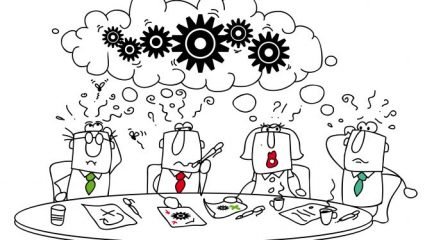We are trained on what our products do. We know their capabilities, features and functions. We may know the “problem” they solve. They might improve productivity or efficiency. They might help our customers reduce costs. They might give them capabilities they currently don’t have.
But does this mean we really understand our customers’ problems?
Our customers are thinking about the following…….
What causes these problems to occur? What should our customers be paying attention to in order to detect they may have a problem? What are the clues or leading signals they might understand?
How do we characterize or define the problem and the issues related to it?
When the problems do occur, who does it impact? How does it impact them? What is that impact? Who else is impacted in the organization? What happens if the customer doesn’t address the problem?
As the customer seeks to better understand the problem, what questions should they be asking themselves? What data should they be collecting and how should they be analyzing the data? Who in the organization should they involve in assessing the problem and it’s impact?
In their learning process, where should they go to better understand the problem and alternative ways to handle it? What questions should they be asking them? What information should we focus on getting, what should we ignore, how do we deal with conflicting information?
How should the customer assess risk, either of taking no action, or in making a change to address the problem? How should they manage that risk? What are the issues they should consider in making a change? When do they need to have a solution implemented? What happens if they don’t achieve that?
As a customer begins to better understand the problem and starts to assess alternative solutions, what questions should they be asking themselves and potential solution providers? How will they compare and assess the alternatives? What solution capabilities are critical, what are less so?
How does the customer put together a project plan to do all of this? Who is involved in the team, how do they get support from the rest of the organization? How do they get support from management/executives? How do they put together the business case to get funding for their efforts? What do they need to do to get their project selected for funding, with many others competing for the same funds? How do they manage disagreements within the team? How do they build/maintain consensus through the project? How do they manage this project and their “day jobs?”
What happens if we mess up? What happens if we do the wrong thing or make a mistake?
How do we make sense of all of these things?
We know what our products do.
But the customer is concerned about a lot more. Imagine how we might be more helpful to them.

Leave a Reply